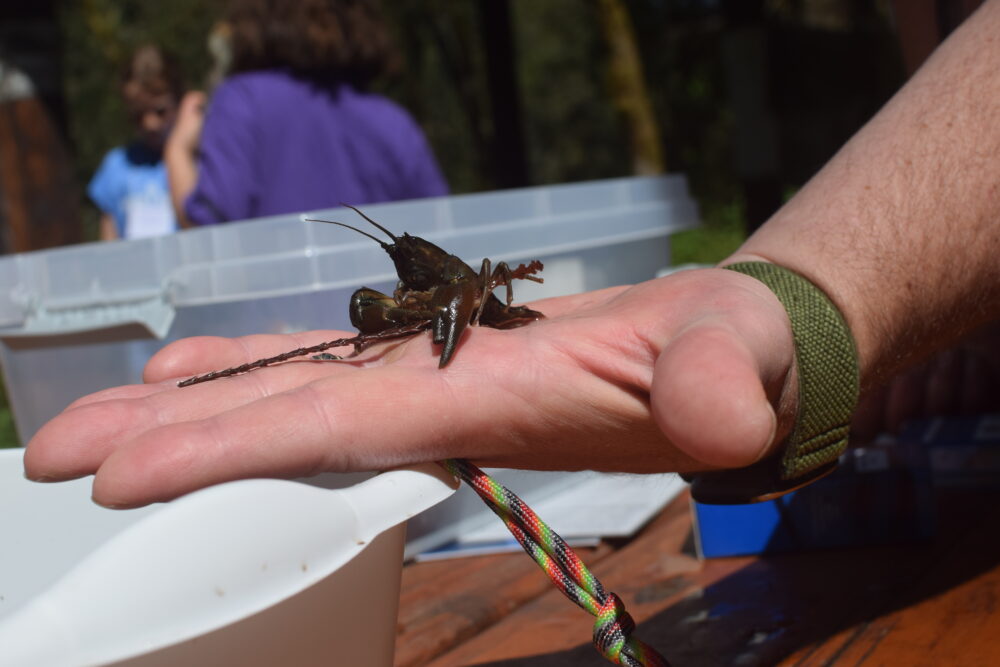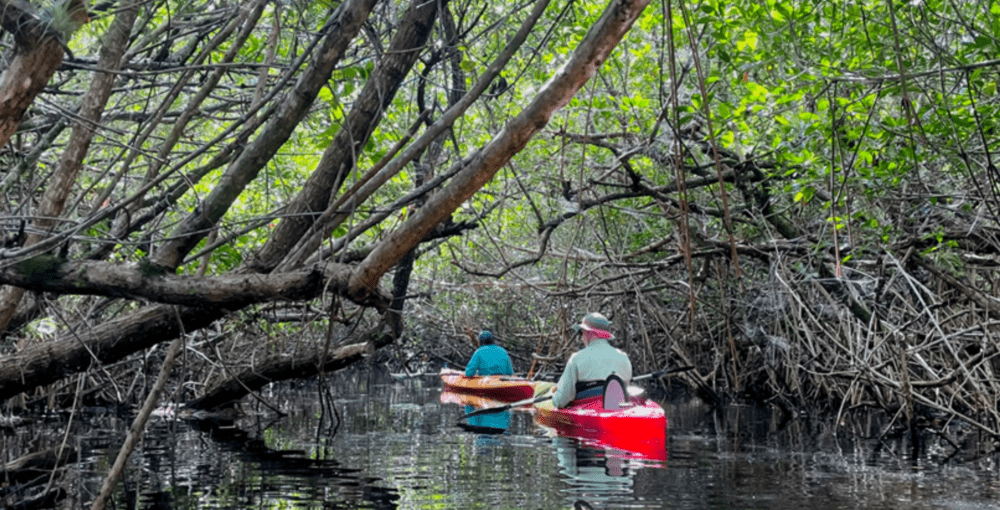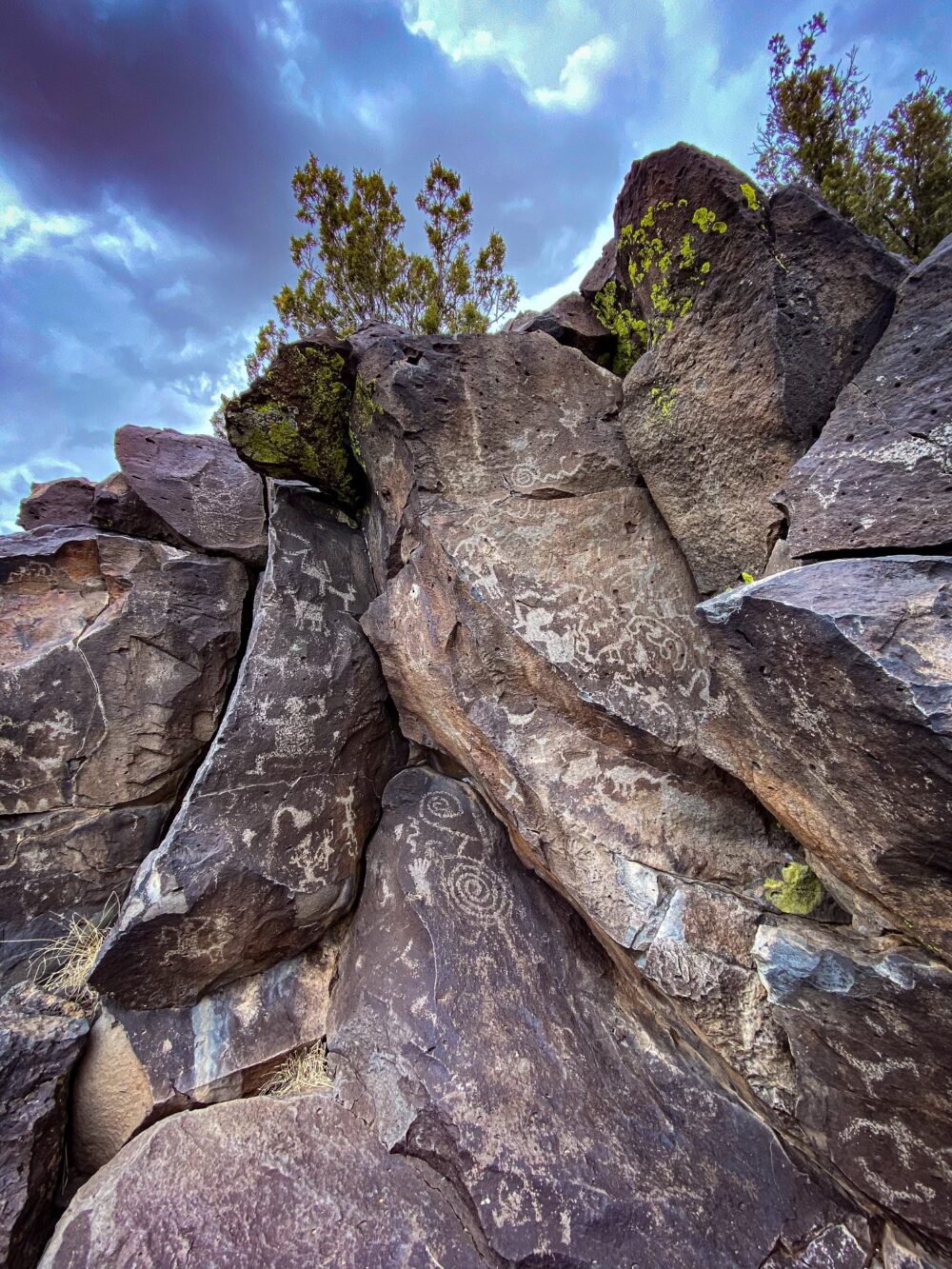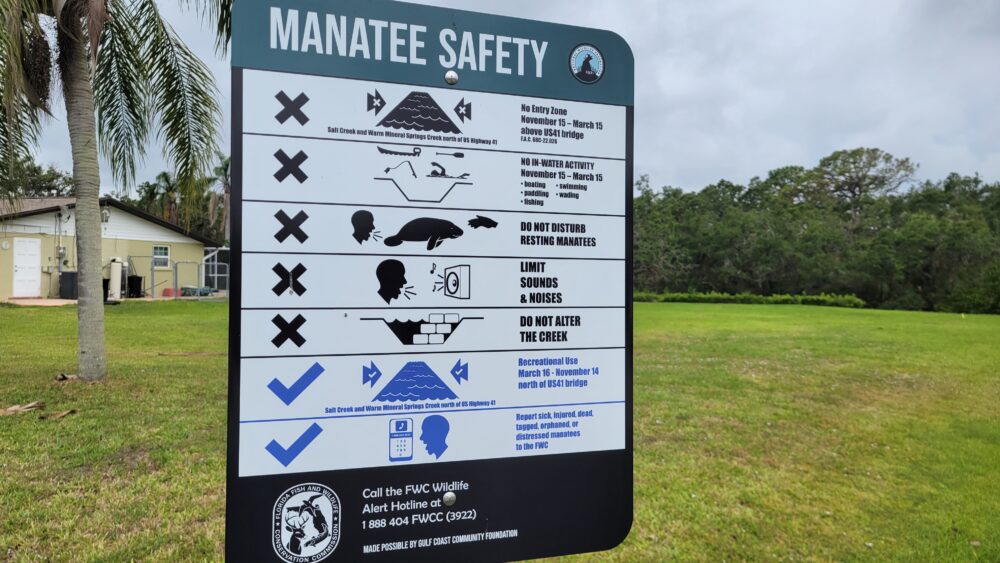We have much more to do and your continued support is needed now more than ever.
Shortsightedness Leads to Decline of River Habitat
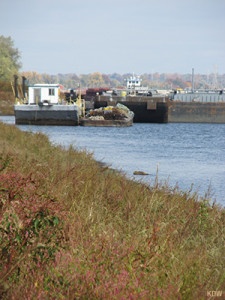
Known by many nicknames, the muddy Mississippi River is a part of our history just as much as the American Revolution. It served as the pathway for early explorers and continues to serve as a highway for shipments to and from the American interior. As we have settled along its banks and utilized its waters, we have also modified the river for navigation with disastrous consequences to the river’s ecosystem.
For example, in just the middle Mississippi River—the reach from the entrance of the Missouri River to the confluence of the Ohio River—the U.S. Army Corps of Engineers has built more than 1,375 river structures under its Regulating Works Project. While many hundreds of these structures have been constructed in just the past 30 years, the Corps has not examined the environmental impacts of those projects in an environmental impact statement (EIS) since 1976. This means both that the Corps has not comprehensively evaluated the adverse impacts of these activities in more than 35 years and has not identified less damaging alternatives to maintaining navigation in this reach of the river. During the same period, the Corps also has not updated its environmental reviews on the rest of its navigation maintenance activities.
Multiple science and government reports have shown that these activities have caused major problems for the river’s ecosystem. A key government study from 1999 concludes that the Corps’ activities were destroying critical habitats including the rivers’ backwaters, side channels and wetlands; altering water depth; causing nonnative species to flourish; and severely impacting native species. A 2008 study confirmed that this harm was still happening, with major problems for the fish and wildlife that rely on the Mississippi River and the Mississippi River Flyway.
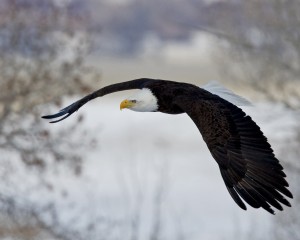
But now there is a speck of light at the end of this dark tunnel; light that could become a beacon if we take advantage of it. The Corps is currently seeking public input on a new study to review the environmental and human impacts of its Regulating Works Program, and to determine alternative actions to minimize or mitigate those impacts. We need to tell the Corps to look at the full impacts of ALL their navigation efforts on the river and to develop alternative approaches that will help protect and restore the ecosystem of the Mighty Mississippi.
Take Action
Contact the Army Corps today and add your voice to calls for a thorough and comprehensive analysis of new, less damaging, methods for managing navigation on the Mississippi River that work for both people and wildlife. We only have until this Saturday, February 15th to influence the direction of the upcoming study.
![]() The deadline is this Saturday—speak up today for bald eagles and other wildlife that depend on a healthy Mississippi River.
The deadline is this Saturday—speak up today for bald eagles and other wildlife that depend on a healthy Mississippi River.















